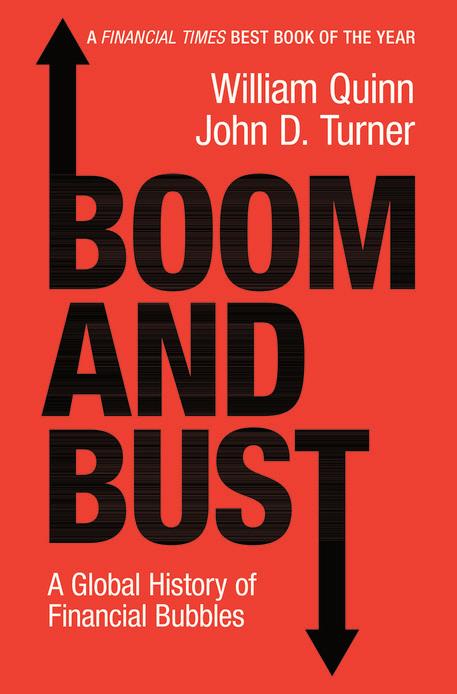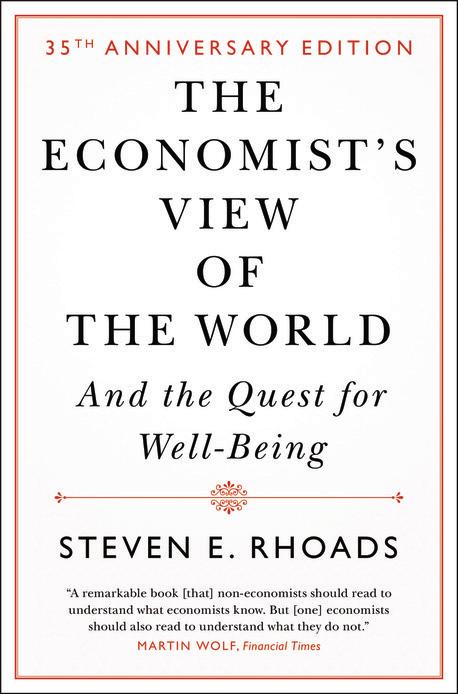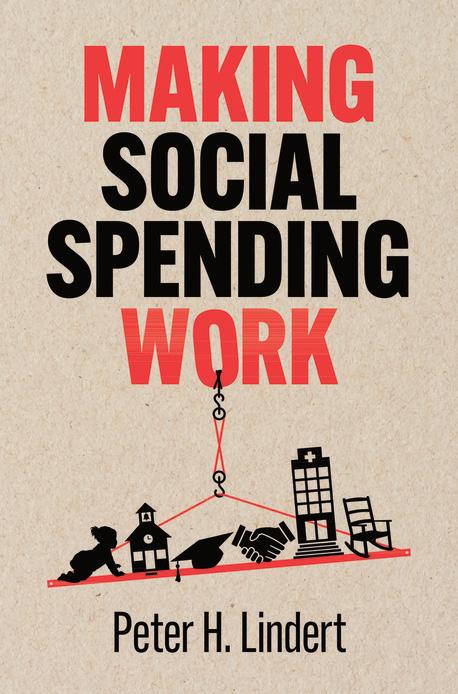
7 minute read
Economics
Boom and Bust
A Global History of Financial Bubbles
William Quinn
Queen’s University Belfast
John D. Turner
Queen’s University Belfast
Description
Why do stock and housing markets sometimes experience amazing booms followed by massive busts and why is this happening more and more frequently? In order to answer these questions, William Quinn and John D. Turner take us on a riveting ride through the history of fi nancial bubbles, visiting, among other places, Paris and London in 1720, Latin America in the 1820s, Melbourne in the 1880s, New York in the 1920s, Tokyo in the 1980s, Silicon Valley in the 1990s and Shanghai in the 2000s. As they do so, they help us understand why bubbles happen, and why some have catastrophic economic, social and political consequences whilst others have actually benefi ted society. They reveal that bubbles start when investors and speculators react to new technology or political initiatives, showing that our ability to predict future bubbles will ultimately come down to being able to predict these sparks.
Key Features
• Ranges across three hundred years of bubbles from the South Sea Bubble of 1720 to the sub-prime crisis and Chinese stock market crash
• Provides tangible approaches that investors and governments can take to predict and address bubbles • Shows that not all bubbles are economically destructive and that some have actually benefi ted society
Contents
List of fi gures; List of tables; 1. The bubble triangle; 2. 1720 and the invention of the bubble; 3. Marketability revived: the fi rst emerging market bubble; 4. Democratising speculation: the great railway mania; 5. Other people’s money: the Australian land boom; 6. Wheeler-dealers: the British bicycle mania; 7. The roaring twenties and the Wall Street Crash; 8. Blowing bubbles for political purposes: Japan in the 1980s; 9. The dot-com bubble; 10. ‘No more boom and bust’: the subprime bubble; 11. Casino capitalism with Chinese characteristics; 12. Predicting bubbles; Acknowledgements; Endnotes; Bibliography; Index.
Additional Information
Level: General readers, undergraduate students
August 2020 228 x 152 mm 296pp 27 b/w illus. 13 tables 978-1-108-42125-6 Hardback £18.99 / US$24.95
Japanese and Korean rights sold.

Capitalism and the Environment
A Proposal to Save the Planet
Shi-Ling Hsu
Florida State University College of Law
Description
Rising economic inequality has put capitalism on trial globally. At the same time, existential environmental threats worsen while corporations continue to pollute and distort government policy. These twin crises have converged in calls to revamp government and economic systems and to revisit socialism, given up for dead only 30 years ago. In Capitalism and the Environment, Shi-Ling Hsu argues that such an impulse, if enacted, will ultimately harm the environment. Hsu argues that inequality and environmental calamities are political failures – the result of bad decision-making – and not a symptom of capitalism. Like socialism, capitalism is composed of political choices. This book proposes that we make a different set of choices to better harness the transformative power of capitalism, which will allow us to reverse course and save the environment.
Key Features
• Provides an overview of the interwoven histories of capitalism and the environment • Explains how political choices have created a capitalism that is harmful to the global environment • Offers a concrete plan and policy solutions for how to reconcile capitalism and environmental protection and restoration

Contents
I. Introduction; 2. How capitalism saves the environment; 3. Capital investments create their own political economy; 4. Bloated capital: how capitalism went awry; 5. The case for environmental taxation; 6. What should be taxed?; 7. Generating environmental knowledge; 8. Looking before leaping; 9. Conclusion.
Additional Information
Level: Graduate students, academic researchers
September 2021 229 x 152 mm c.400pp 978-1-108-46552-6 Paperback £26.99 / US$34.99
The Economist’s View of the World
And the Quest for Well-Being
Steven E. Rhoads
University of Virginia
Description
Released in 1984, Steven E. Rhoads’ classic was considered by many to be among the best introductions to the economic way of thinking and its applications. This anniversary edition has been updated to account for political and economic developments – from the greater interest in redistributing income and the ascendancy of behaviorism to the Trump presidency. Rhoads explores opportunity cost, marginalism, and economic incentives and explains why mainstream economists – even those well to the left – still value free markets. He critiques economics for its unbalanced emphasis on narrow self-interest as controlling motive and route to happiness, highlighting philosophers and positive psychologists’ findings that happiness is far more dependent on friends and family than on income or wealth. This thought-provoking tour of the economist’s mind is a must read for our times, providing a clear, lively, non-technical insight into how economists think and why they shouldn’t be ignored.

Key Features
• Explains economics with accessible language without using diagrams or equations • Simultaneously explains and critiques various facets of economics • More ideologically balanced than most treatments, contrasting economic thinking with positive psychology and virtue ethics
Contents
Introduction; Part I. Useful Concepts: 1. Opportunity Cost; 2. Marginalism; 3. Economic Incentives; Part II. Government and Markets, Efficiency and Equity: 4. Government and the Economy; 5. Economists and Equity; 6. Externalities and the Government Agenda; Part III. The Limits of Economics: 7. The Economist’s Consumer and Individual Well-Being; 8. Representatives, Deliberation, and Political Leadership; 9. Conclusion.
Additional Information
Level: Graduate students, undergraduate students, general readers
September 2021 229 x 152 mm 334pp 978-1-108-84594-6 Hardback £20.00 / US$27.95
The Invisible Hand in Virtual Worlds
The Economic Order of Video Games
Matthew McCaffrey
University of Manchester
Description
Video games aren’t merely casual entertainment: they are the heart of one of the fastest-growing media industries in the world, and a cultural phenomenon in their own right. Gaming has evolved from a niche pastime into a global business that rivals film and television, creating, in the process, new art forms and social arenas and have become the subject of endless public debate. This book shows that games also provide a unique space in which to study economic behavior. Games, more than any other form of media, demonstrate the power and creative potential of human choice – an idea that’s also the foundation of economic thinking. Whether it’s developing trade relations, or the use of money, or even complex legal institutions, virtual worlds provide a captivating and entertaining arena for studying economic behavior in its most dynamic forms. The overarching theme of the volume is the economic order that governs virtual worlds, and the many ways individuals work together, often without knowing it, to govern their social relations in digital space.

Key Features
• Explains crucial economic foundations of games and gameplay • Explains the implications of government regulation in virtual worlds • Provides game developers and publishers with a framework to use to think about how to craft their products
Contents
Introduction; 1. The Economic Meaning of Play: Ludology and Praxeology in Video Game Worlds; 2. Spontaneous Order and Video Game Narrative; 3. Law and Economics in a World of Dragons; 4. Minerals, Titans, and Connections: The Political Economy of Empire in the World of ‘EVE Online’; 5. The Origins of Money in ‘Diablo II’; 6. A Virtual Weimar: Hyperinflation in ‘Diablo III’; 7. The Facilitate or Acquire Decision: The Tipping Points for Strategies Towards User-Generated Content in Massive Multiplayer Online Game Platforms; 8. Mod the World: How Entrepreneurs Learn from Video Game ‘Modding’ Communities; 9. Levels without Bosses? Entrepreneurship and Valve’s Organizational Design.
Additional Information
Level: Academic researchers, graduate students, professionals
September 2021 228 x 152 mm c.270pp 978-1-108-83971-6 Hardback £85.00 / US$110.00
Making Social Spending Work
Peter H. Lindert
University of California, Davis
Description
How does social spending relate to economic growth and which countries have got this right and wrong? Peter Lindert examines the experience of countries across the globe to reveal what has worked, what needs changing, and who the winners and losers are under different systems. He traces the development of public education, health care, pensions, and welfare provision, and addresses key questions around intergenerational inequality and fiscal redistribution, the returns to investment in human capital, how to deal with an aging population, whether migration is a cost or a benefit, and how social spending differs in autocracies and democracies. The book shows that what we need to do above all is to invest more in the young from cradle to career, and shift the burden of paying for social insurance away from the workplace and to society as a whole.
Key Features
• Provides the first global history of social spending, showing which countries got it right and which got it wrong • A global account covering not just the core OECD countries, but also East Asia, Eastern Europe, and Latin America • Uses historical evidence to offer policy recommendations about the world’s tax-based social safety nets

Contents
List of Figures; List of Tables; Part I. Overview: 1. Enduring Issues; 2. Findings and Lessons; Part II. The Long Rise, and its Causes: 3. Why Poor Relief Arrived So Late; 4. The Dawn of Mass Schooling before 1914; 5. Public Education since 1914; 6. More, but Different, Social Spending in Rich Countries since 1914; 7. Is the Rest of the World Following a Different Path?; Part III. What Effects?: 8. Effects on Growth, Jobs, and Life; 9. Why No Net Loss of GDP or Work?; 10. Do the Rich Pay the Poor for All This?; Part IV. Confronting Threats: 11. Do Immigration Tensions Fray the Safety Nets?; 12. Pensions and the Curse of Long Life; 13. Approaches to Public Pension Reform; 14. Borrowing Social-Spending Lessons; Appendix A. Sources and Notes for Chapters 3 and 4; Appendix B. Sources and Notes for Chapter 10; Appendix C. Chapter 12’s Pension Accounting –Equations and Forecasts; Acknowledgements; Notes; References; Index.
Additional Information
Level: General readers, graduate students
April 2021 228 x 152 mm 434pp 978-1-108-47816-8 Hardback £25.00 / US$29.99










